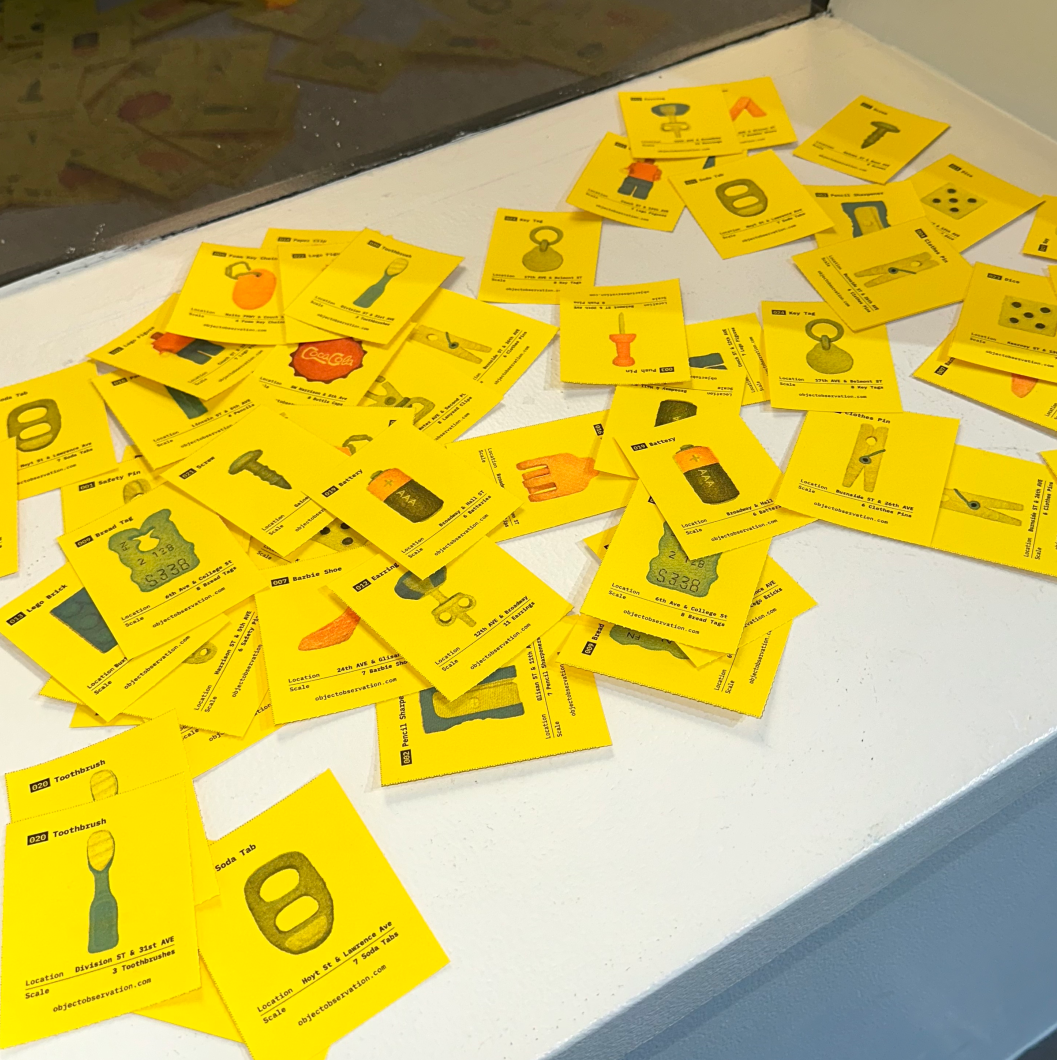Portland State is a commuter college. On-campus housing, and even housing near campus, can be very expensive. The majority of PSU students are heading to school from further away than a pair of legs might want to travel. There are biking students, driving students, mass transit students, carsharing students, and carpool students. This article is for members of the student body who are considering or are already driving to campus every class day.
First, we need to take a look at the cost of driving for the average American. Owning a car is about more than making the payments: Car ownership means fuel, insurance, maintenance, tires, registration, depreciation, and financing costs. AAA’s “Your Driving Costs” report from 2015 puts the average cost of owning a car at an averaged 75.8 cents for anyone driving 10,000 miles per year, 58 cents for those driving 15,000 miles per year, and 48.8 cents for anyone driving 20,000 miles per year.
That is $7,580 on the low end, $8,700 per year for the 15k mile crew, and $9,760 for anyone putting down 20,000 miles in a year.
What does this all mean?
First, we will stick with the 15,000-mile group since they are right in the middle. These folks are paying $725 a month to drive, which is about half the rent of a one-bedroom apartment in this city. These figures ignore Portland State’s parking permit cost, which can cost a full-time student between $30 to $130 per month.
If a student lives in the Portland Metro area, a FlexPass for public transportation costs $60 a month. This FlexPass gets students access to all TriMet buses, MAX light rail, Portland Streetcars (which all students can currently ride for free), C-Tran local buses (non-express), WES commuter trains, and the OHSU aerial tram. For employees, the Passport program is just $50 per month over 11 months. The employee Passport offers all the same benefits the students receive, free membership to the PSU Bike Hub, and free Zipcar membership with reduced hourly or daily rates.
Just to reiterate the difference here:
Car ownership: $725 per month. Mass transit: $50–$60 per month. That is a six-hundred-and-sixty-five-dollar difference per month for students. What could a college student do with $665 extra per month? How essential is car ownership for a student, really?
That extra money could pay for a lot of ride-sharing for students who want to go to places public transportation doesn’t go. It could pay for a long weekend car rental twice a month for those students old enough to rent cars. More importantly (to this author), it could mean $665 less per month that a student needs to earn.
That free time turns into study time or possibly enough time to take an additional class! Imagine adding an extra class per term to a degree plan for an entire college career. That is an extra term’s worth of classes per year of school. Shaving a year off of school means reducing overall tuition cost, adding on a year of higher earnings after graduation, and less student loan debt.
Financial benefits aside, thirty minutes to an hour on public transportation each way can turn into time to make a schedule for the day, extra study time, a chance to organize the day’s lecture notes, an opportunity for recreational reading, blogging, or possibly the best of all: napping.
Of course, car ownership is required for some students. To speak personally, I am a 30-minute drive from the closest TriMet transportation. I routinely use my car 3–5 times a week to go places that public transit will not go, and I am on campus nearly every day of the week.
I tried public transportation for a year. The savings were negligible since I had to drive to a Max station, but the time on the train was fantastic. I caught up on all my favorite music blogs, studied, wrote, and talked to as many people as I could. Public transit has some serious benefits, and with financial benefits like those discussed above, it is definitely worth a try.
Need more reasons to give it a shot? Taking alternate transportation into the city reduces a student’s carbon footprint, improves air quality in the city, and keeps pollutants off the roads and out of our water. Save the world while saving money.
How much can you afford to waste? Ditch the car, save money, and gain some free time.






